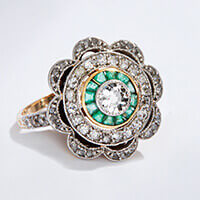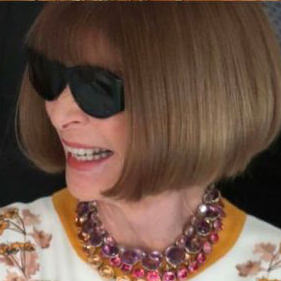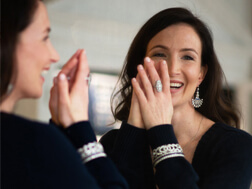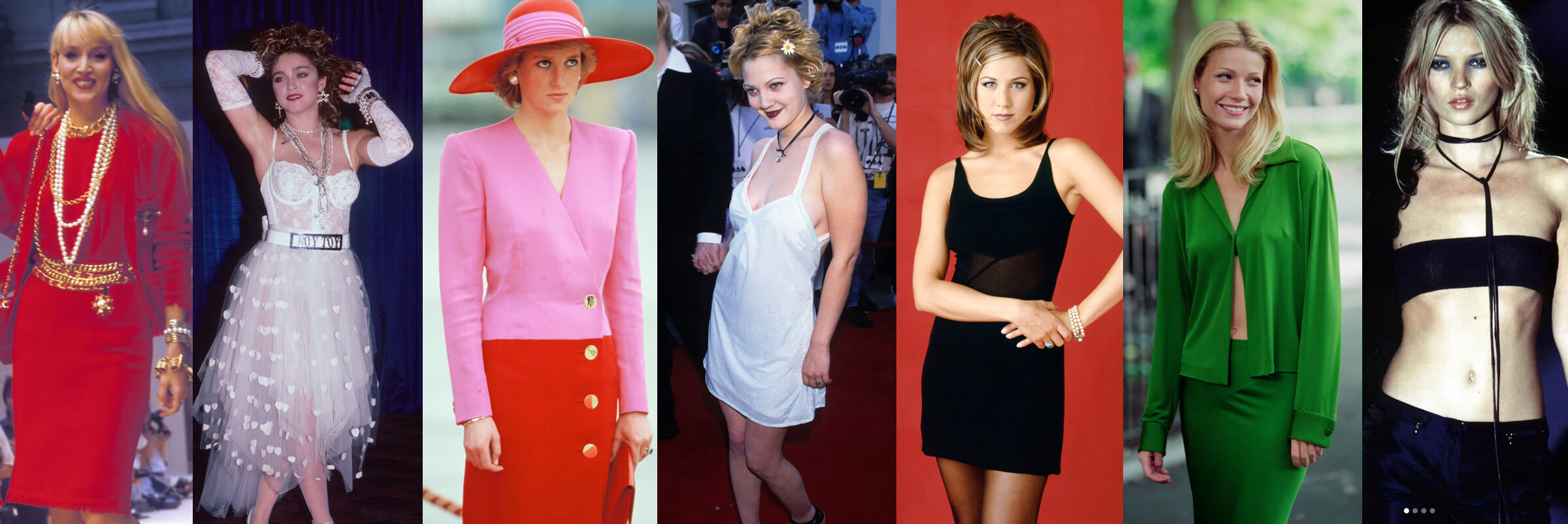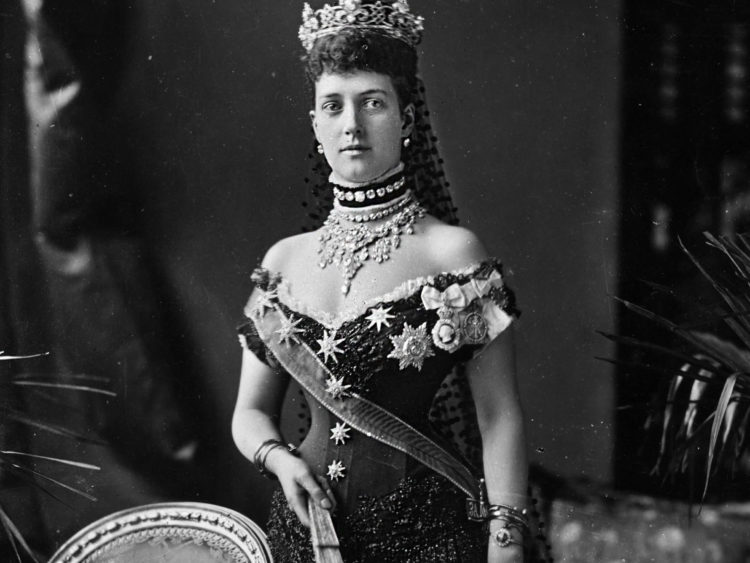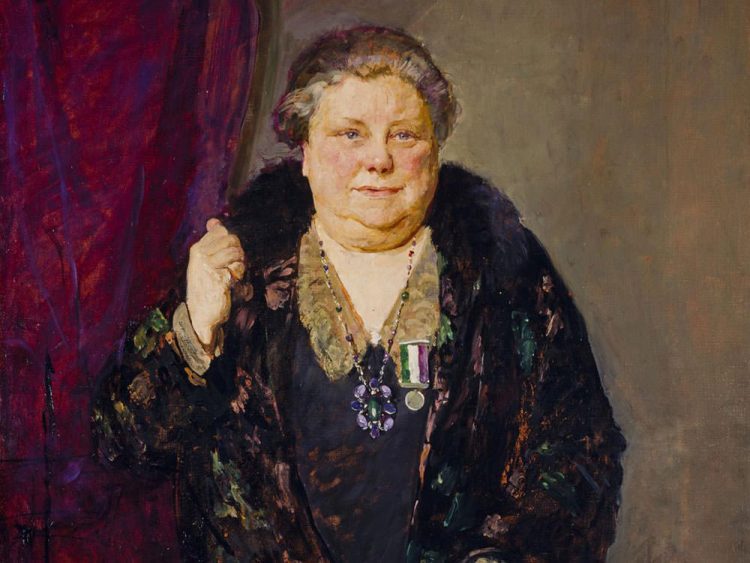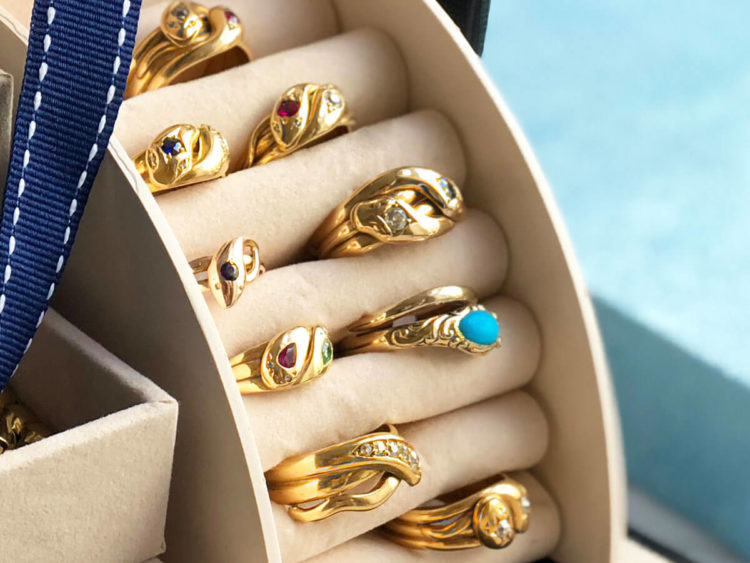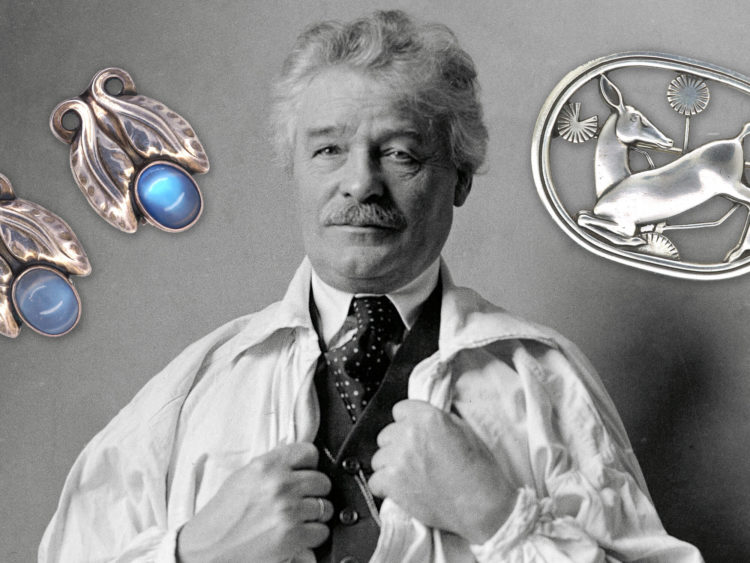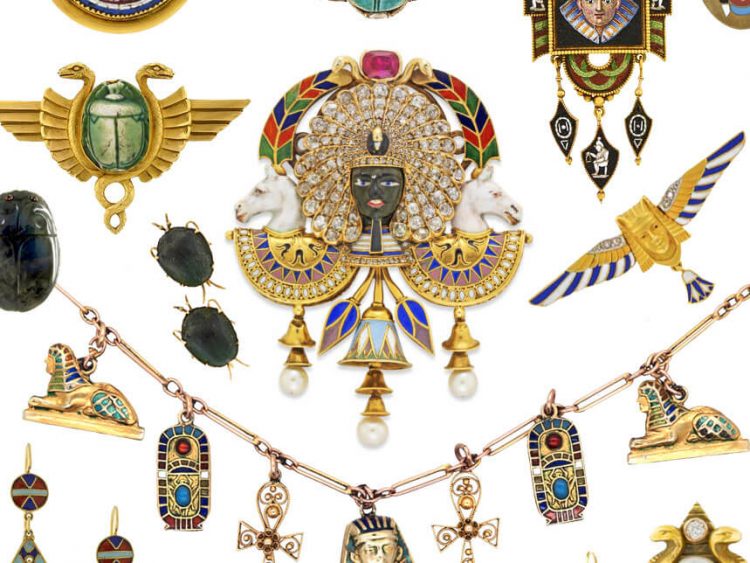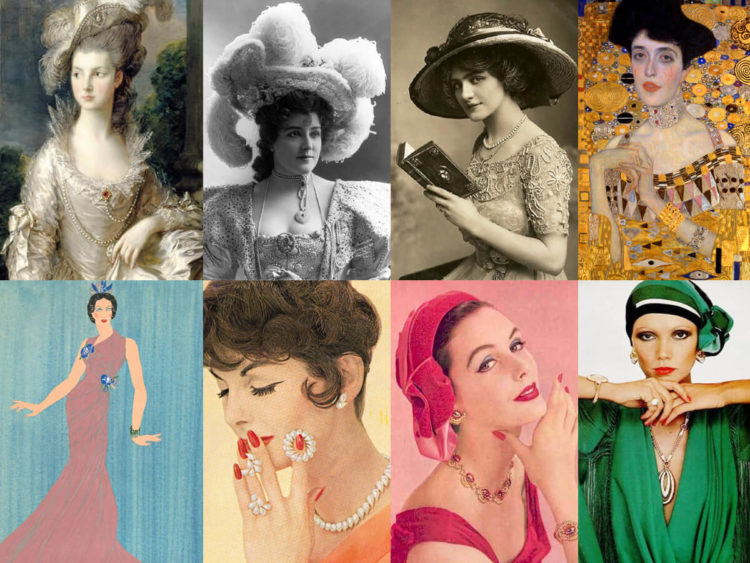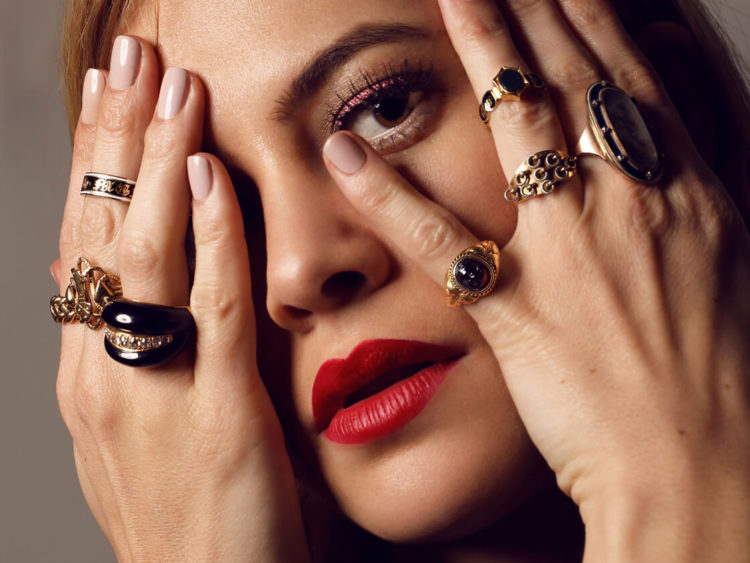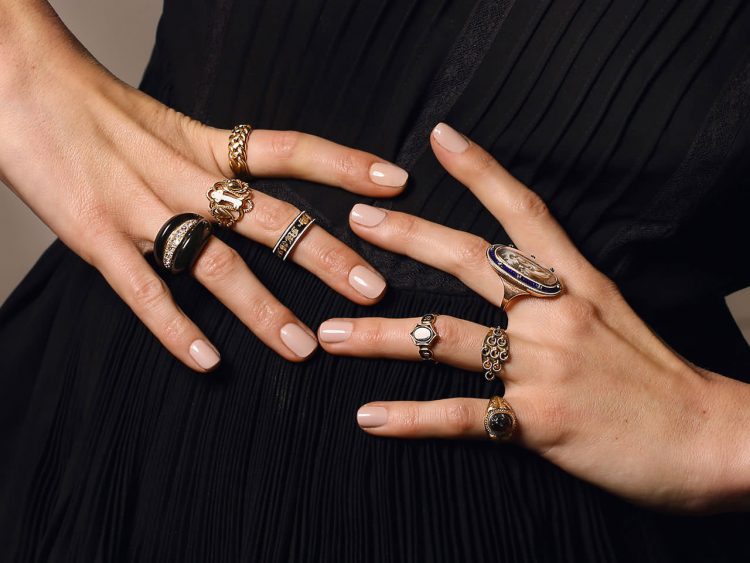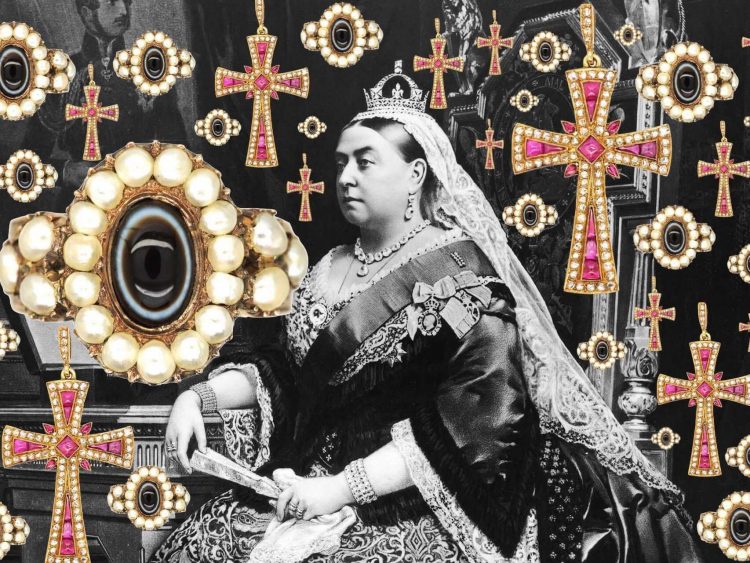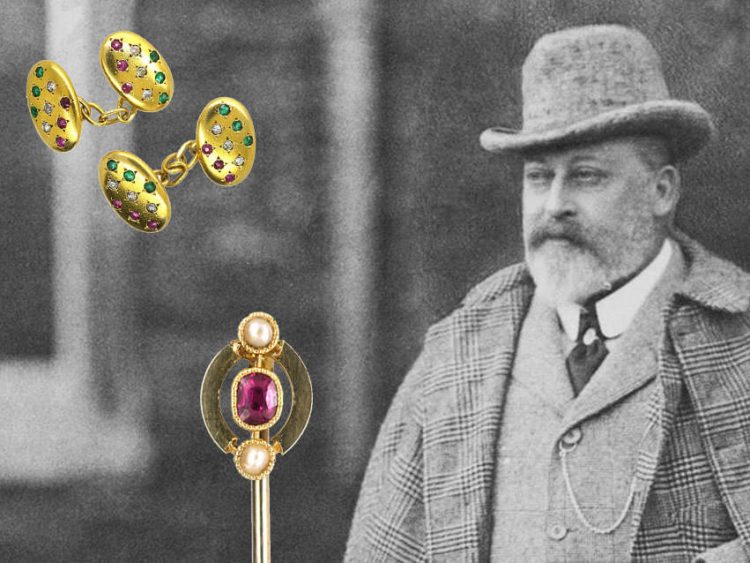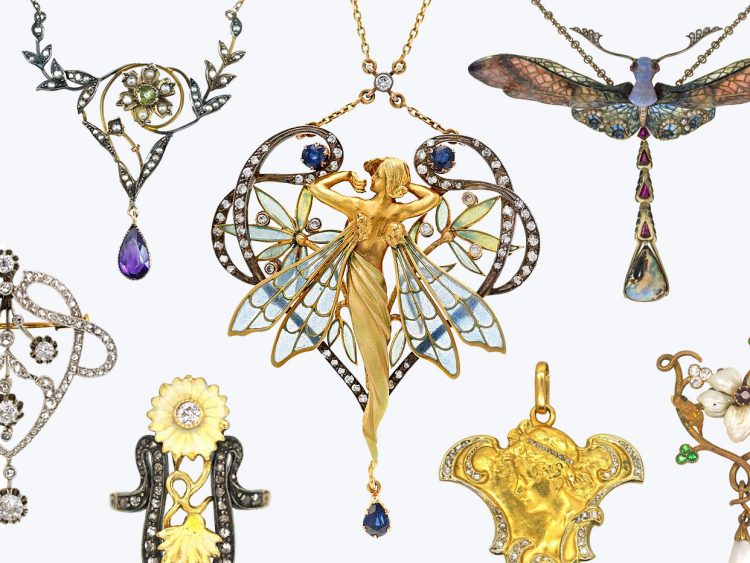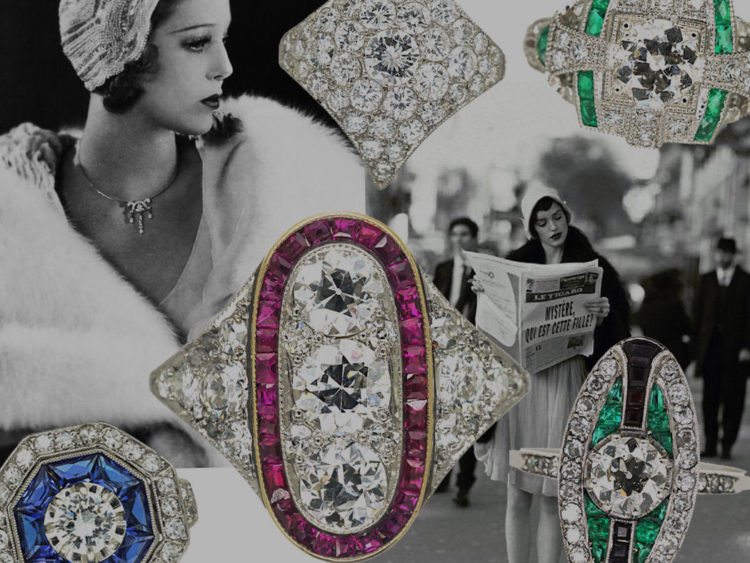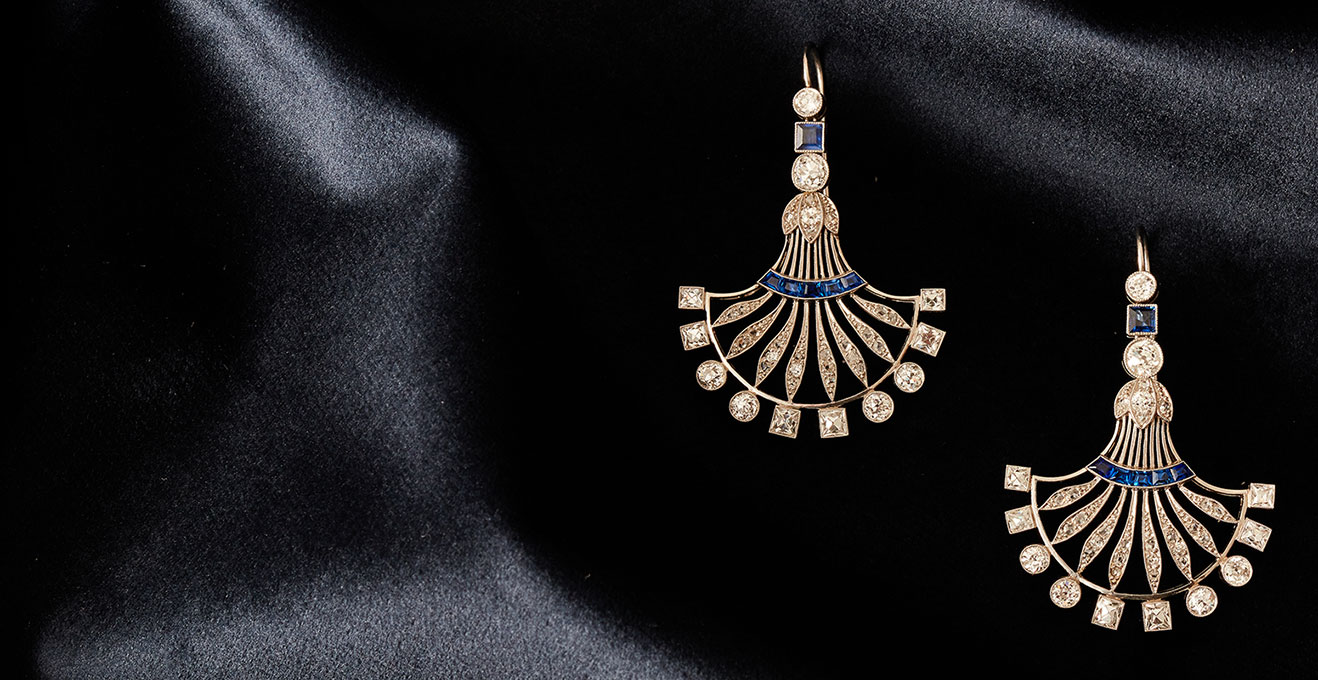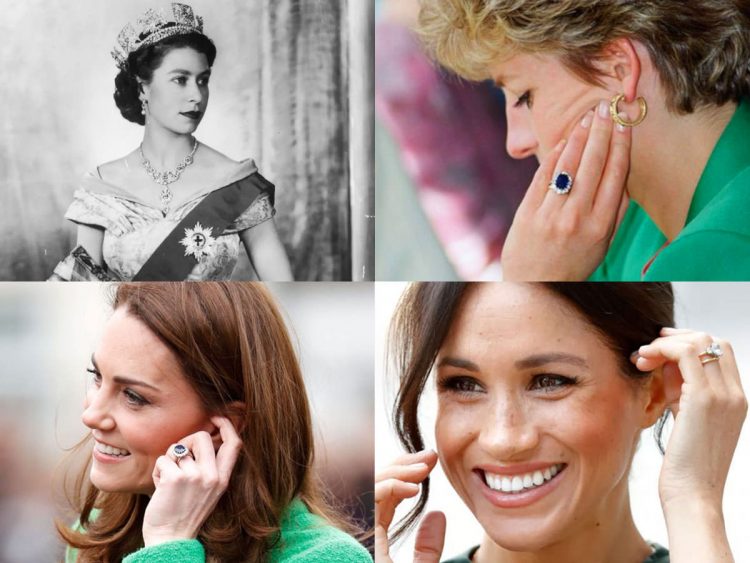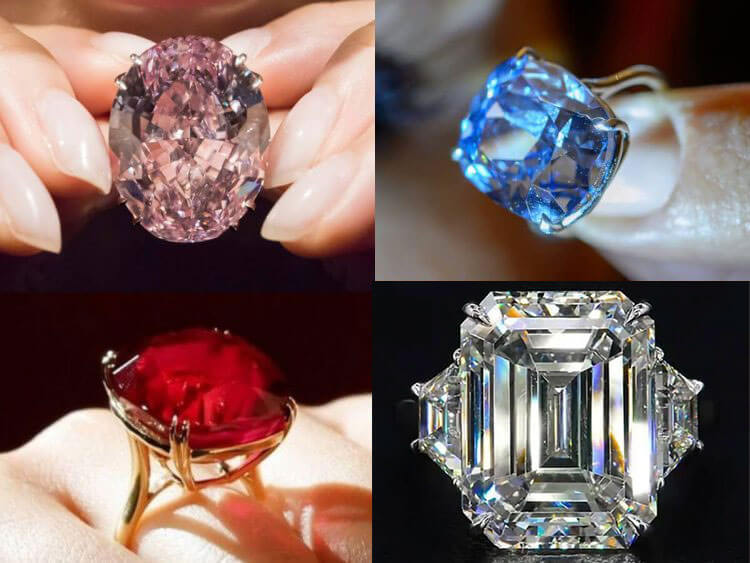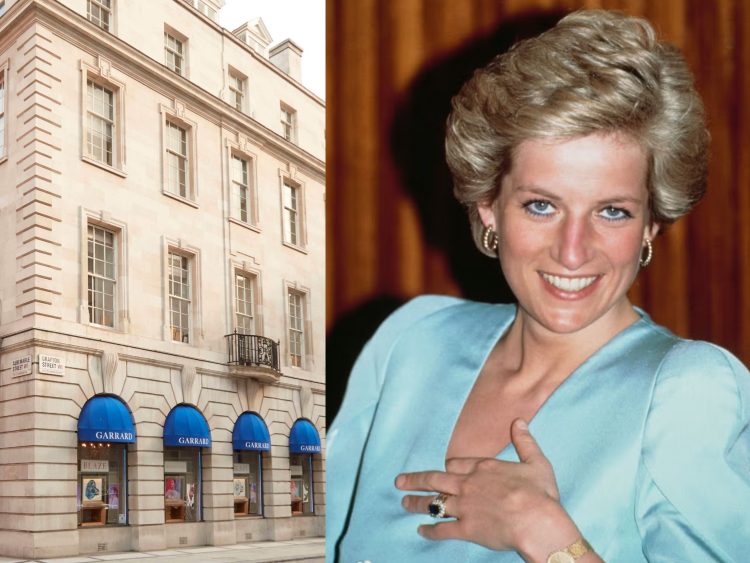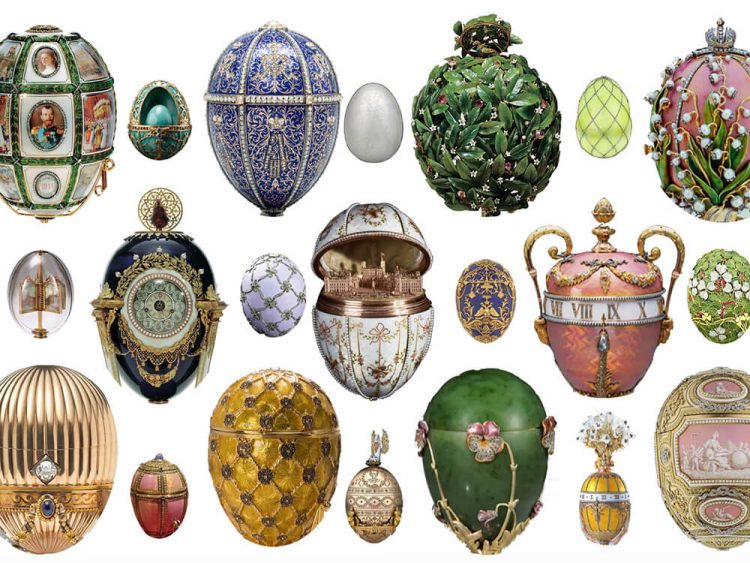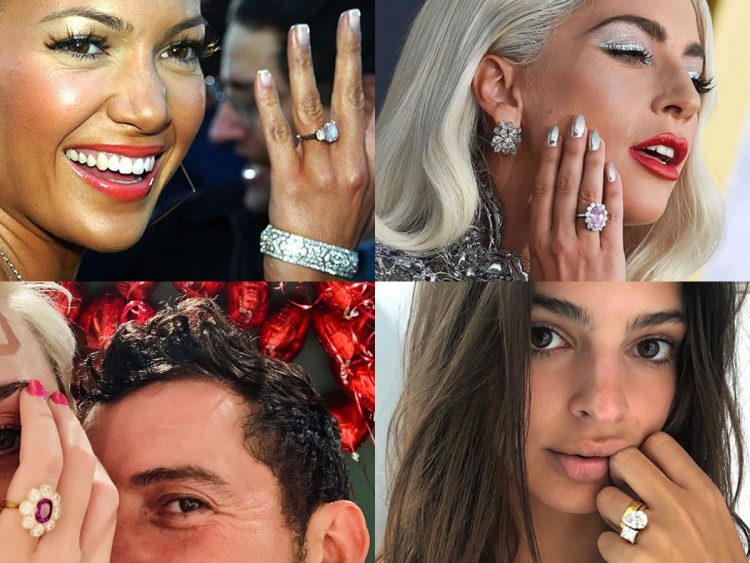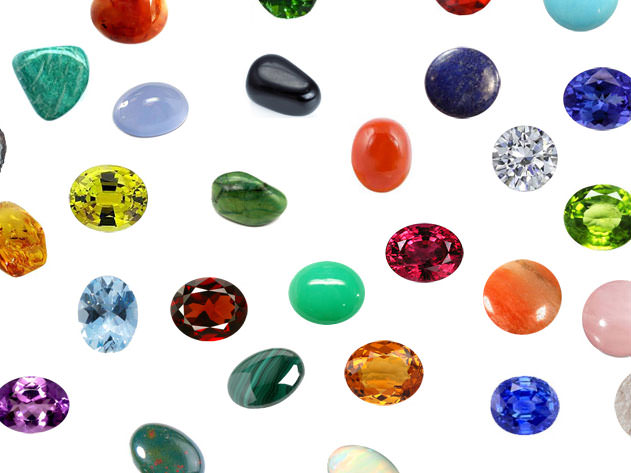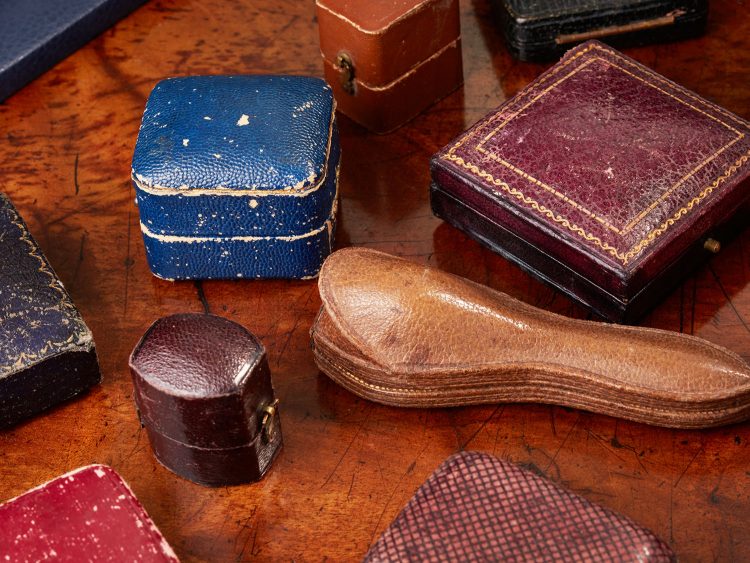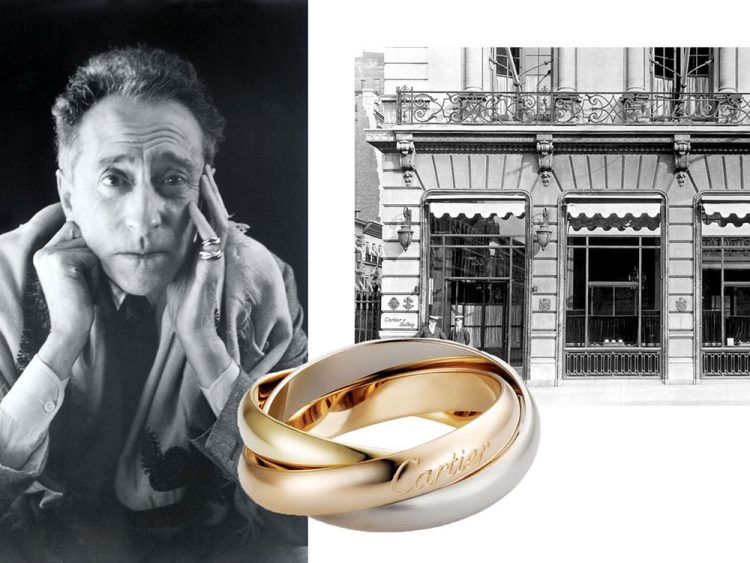-
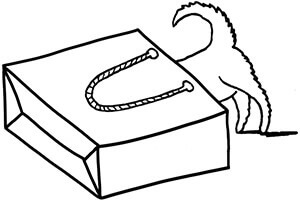
Your Shopping Bag is empty
Guide to Modern Jewellery: 80s & 90s
Two words sum up jewellery from the modern period: boldness and self-expression. From oversized gold in the 80s to sleek silver in the 90s. Jewellery was constantly changing as fashion became all about the “individual”. So, here’s a look at the jewellery of the ’80s and ’90s through the individuals that defined them.
1980s Jewellery: Bigger, Brighter, Bolder
The 1980s was all about maximalism. Power dressing reigned supreme with tailored suits, shoulder pads, and big hair, reflecting the decade’s economic optimism and larger-than-life attitude. The “bigger is better” mentality also affected jewellery design.
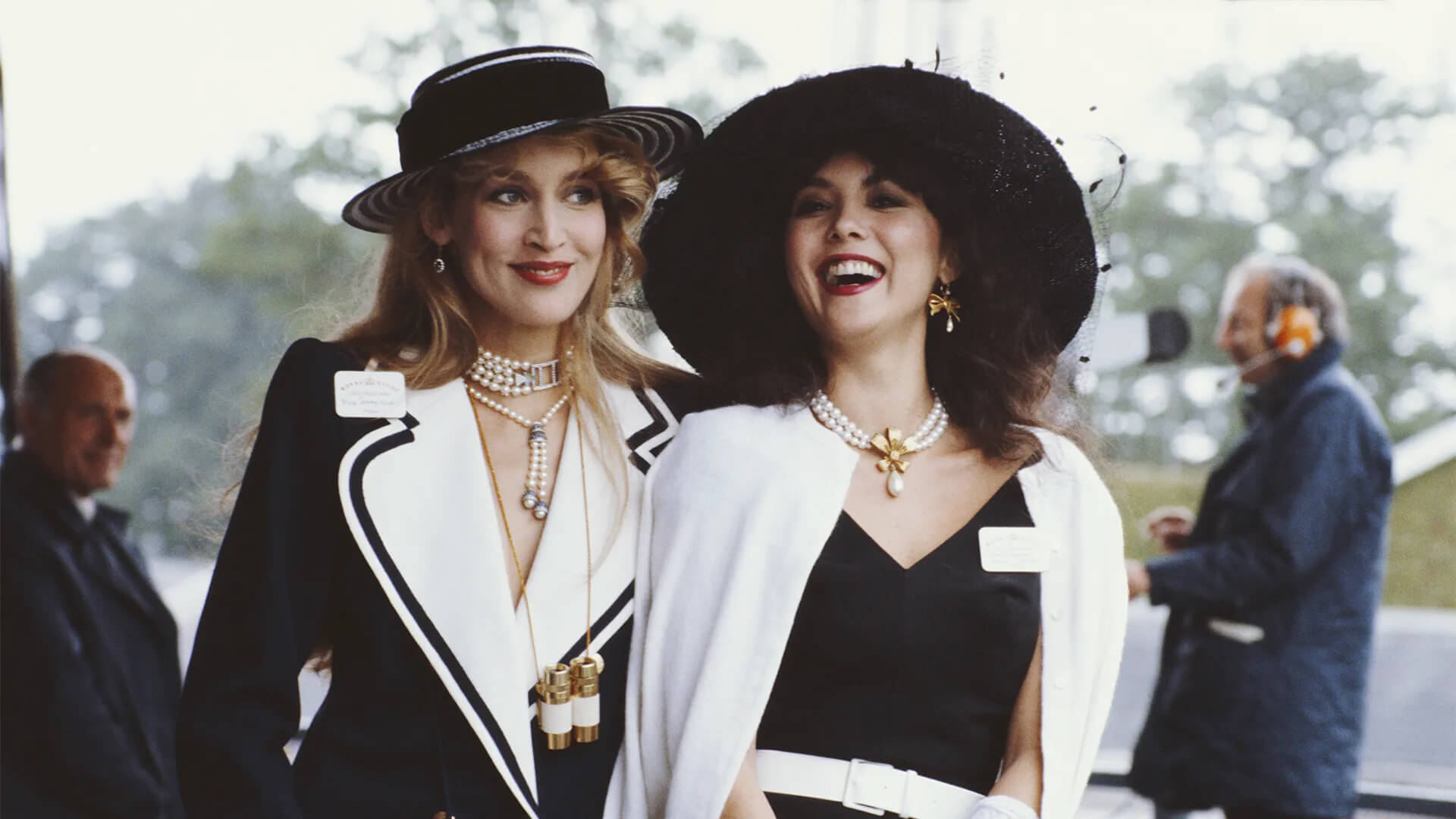
Materials: Gold, Diamonds, and More
With rising prosperity, gold dominated the jewellery scene in oversized designs. From large hoop earrings to thick chains and chunky bangles. Coloured gemstones added vibrancy to pieces. Plus, costume jewellery allowed for big, bold, but budget-friendly pieces with enamel and rhinestones.
Designs were inspired by taste in music, art, and social set as seen by…
Glam Rock: Jerry Hall
Supermodel Jerry Hall was the it-girl, the wife of Mick Jagger, and the muse to up-and-coming designer Karl Lagerfield. She rocked statement drop earrings, chunky bracelets, and multi-layered necklaces– large, dramatic pieces to match her bold red lips and voluminous hair. Iconic brands like Chanel and Versace embraced maximalist designs in their jewellery to keep up with the modern women who modelled their work on the runway. Hall was the epitome of the glamorous, high-octane 80s aesthetic.
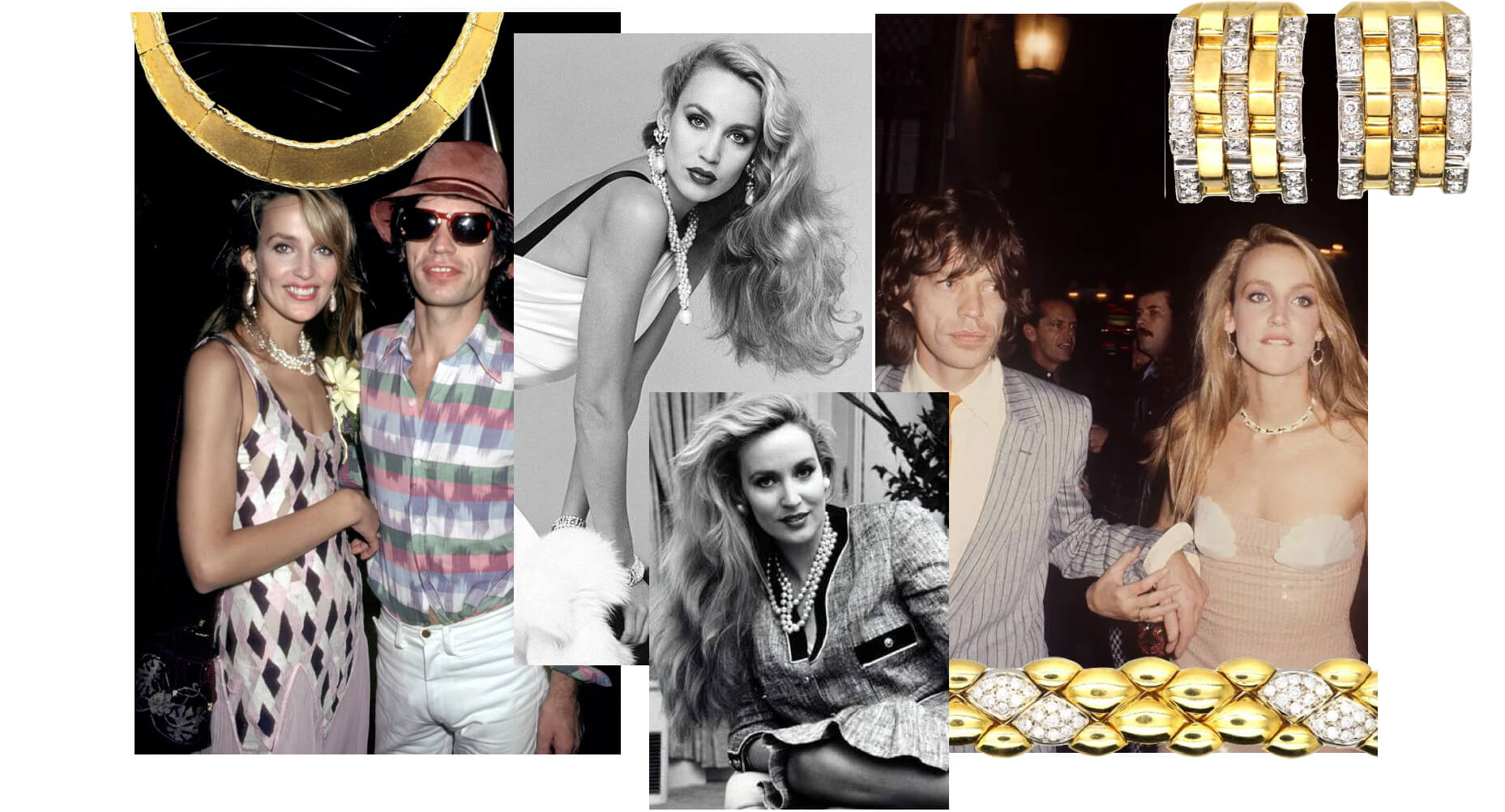
Preppy and Popular: Princess Diana
Princess Di was your girl if you wanted bold but sophisticated glamour. Diana’s jewellery choices set trends worldwide. She was known for her love of pearls, sapphires (her engagement ring), and oversized statement pieces with a sophisticated air. Think huge stud earrings, Cocktail Rings, and bold brooches pinned onto jackets, hats, or scarves, to add glamour to unexpected places.
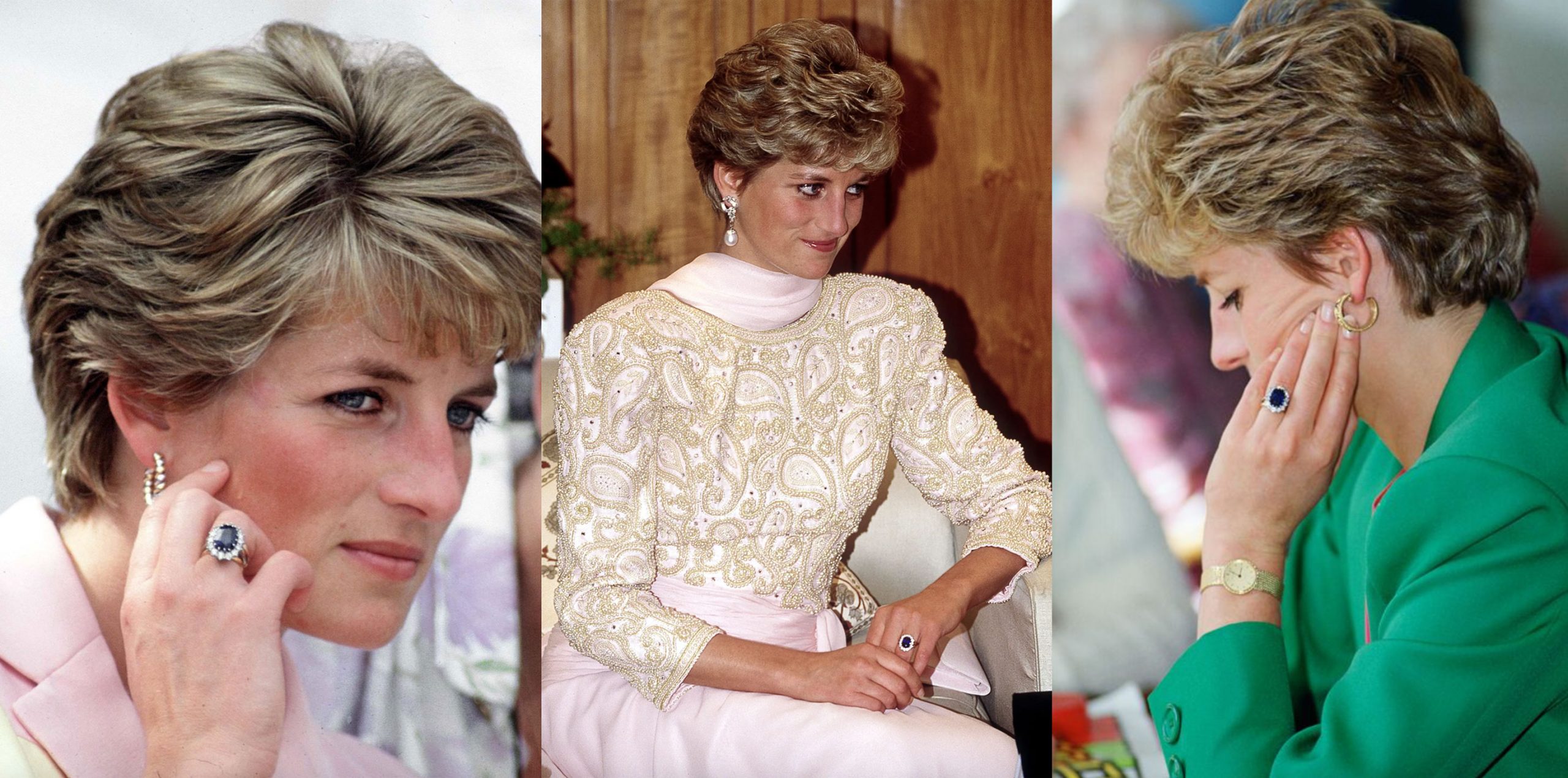
The “people’s princess” lived up to her name by wearing costume jewellery and loved designers like the Chelsea staple Butler and Wilson. Princess Diana made costume jewellery (almost) as valuable as the real deal. In the 80s it was quantity over quality- even for a princess.
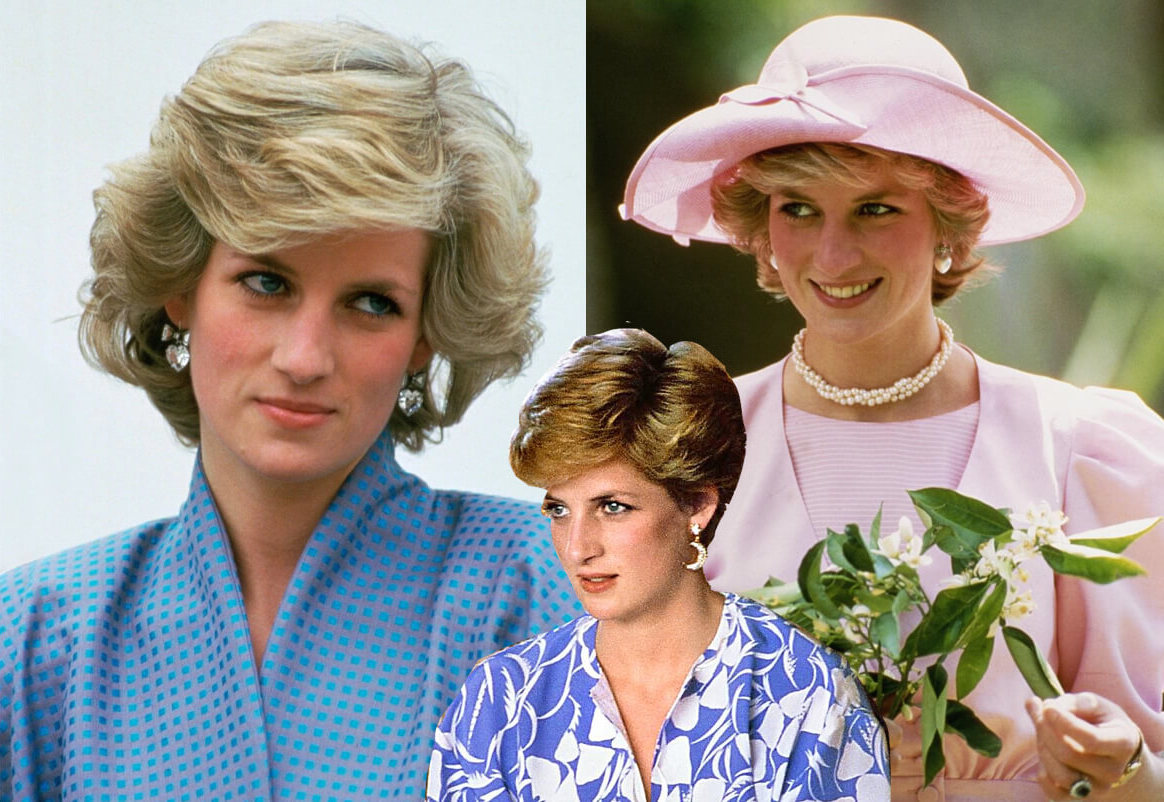
New Romantics: Adam Ant and Boy George
New Romantic jewellery was all about creating a look that was opulent and full of personality—a rebellion against the norms. Musicians like Adam Ant were inspired by Victorian and baroque styles, incorporating romantic motifs like hearts, cameos, and intricate filigree work. Adam Ant used jewellery to create a fun, theatrical version of masculinity. Singer Boy George‘s androgynous look helped redefine jewellery as a way to express yourself, regardless of gender- playing with oversized earrings and layers of beaded necklaces.
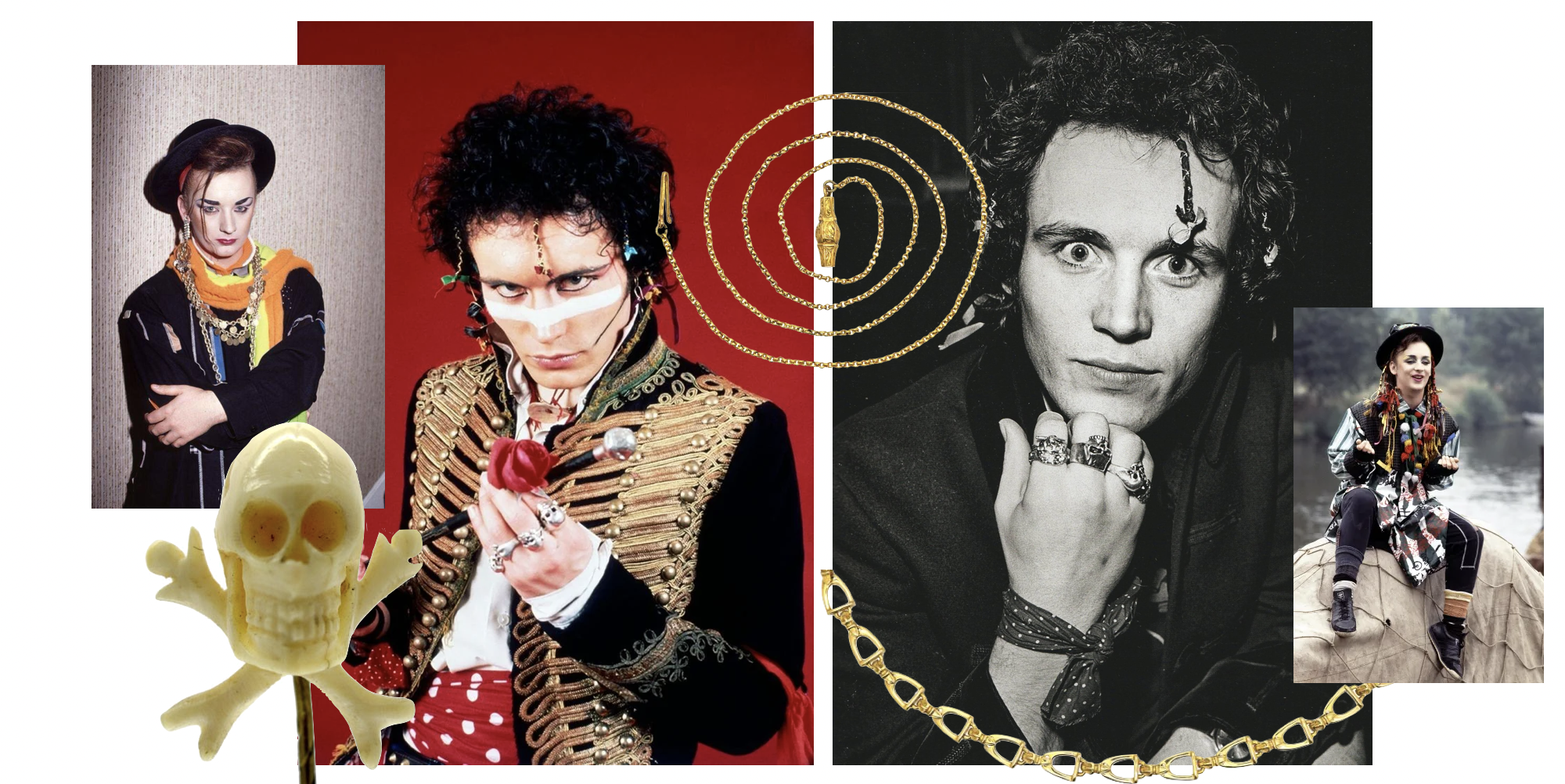
Flamboyant and fiercely individual Adam Ant and Boy George’s avant-garde look inspired some of the biggest designers of the modern period. Jean Paul Gaultier’s jewellery echoed New Romantic’s genderless theatricality. His collections featured oversized, historic, and dramatic pieces with mixed metal, enamel, and unusual textures worn by all genders.
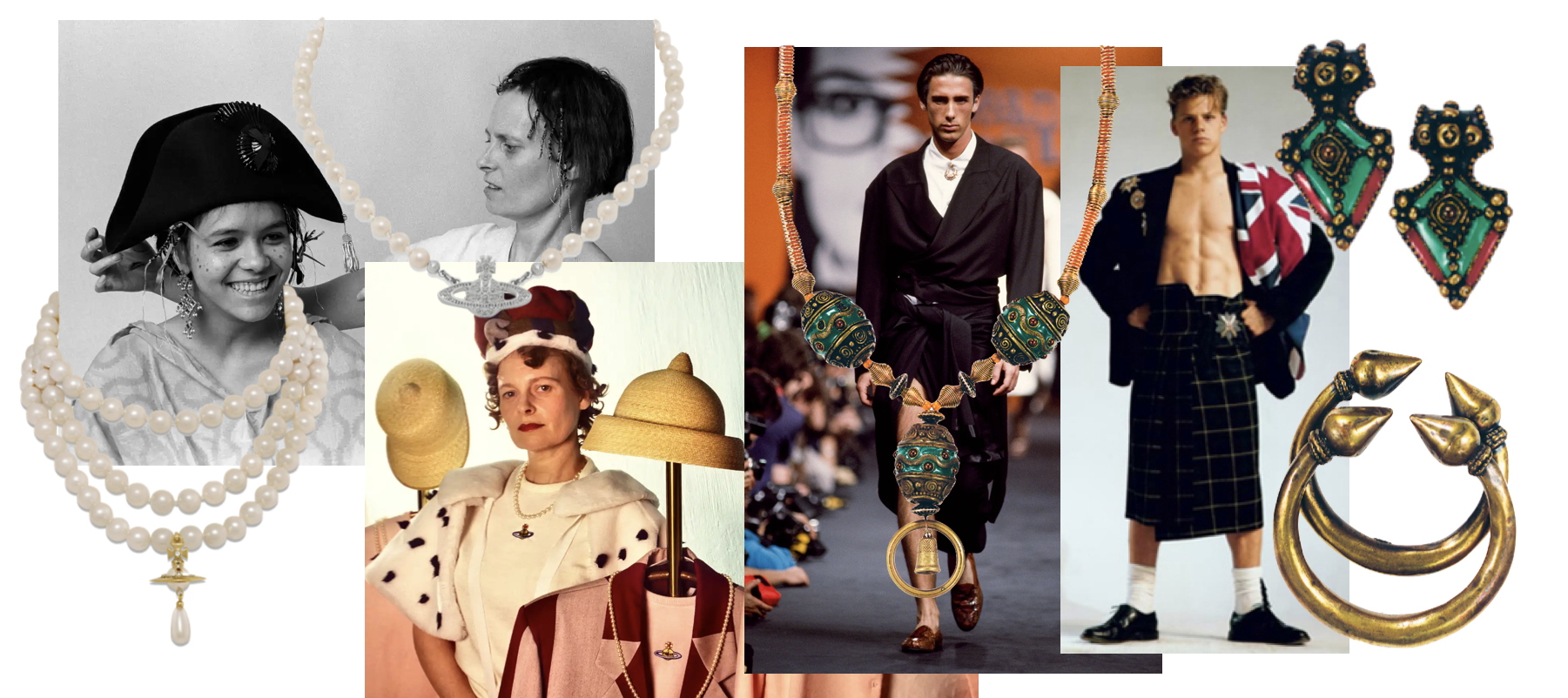
Vivienne Westwood was also inspired by New Romantics. In the 80s her punk label took on a historic and dramatic flair. This was first seen in her 1983 ‘Pirates’ collection with oversized medallions and hats. In 1987 her ‘Harris Tweed‘ collection featured her first set of pearl jewelry, worn by girls and boys alike, it was the perfect fusion of antique tradition and rebellious modernity. Westwood’s iconic blend of new-age punk and antique tradition showed antique jewellery could be provocative and rebellion- symbolised in her logo of the antique royal orb from the crown jewels and the futurist satellite ring
1990s Jewellery: Minimalist Meets Grunge
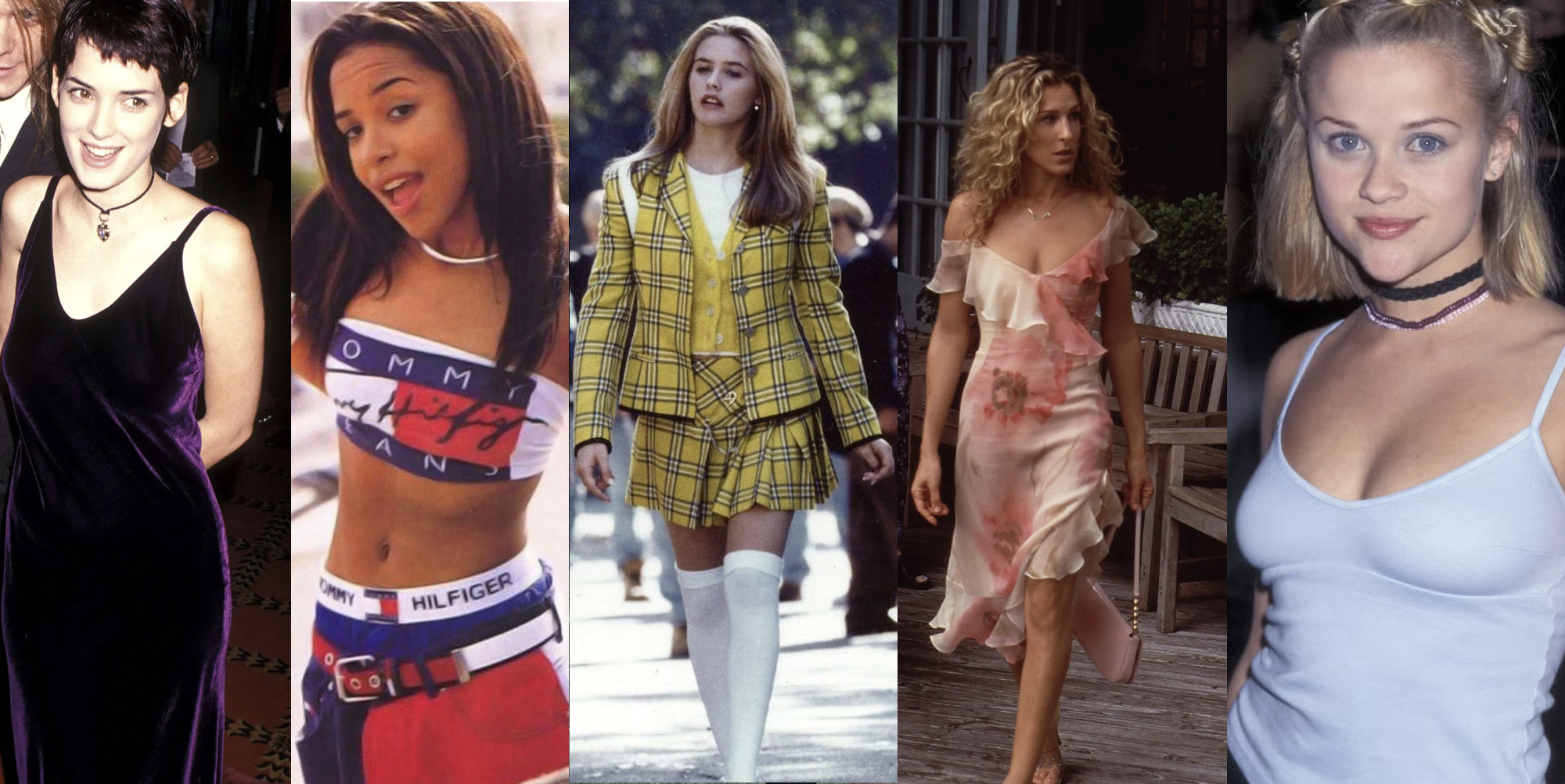
In the 90s as power suits gave way to slip dresses jewellery also became more streamlined. This decade’s jewellery marked a move towards simplicity that reflected the casual vibe of the era- very different to its forebearer.
Materials: Silver, Platinum, and Alternative Metals
Opposite to the 80s, 90s jewellery leaned towards sleek, simple designs in silver and platinum. This is because white metals paired well with the understated luxury of designers like Calvin Klein and Tommy Hilfiger. On the other hand the 1990s’ grunge movement, led by bands like Nirvana, popularized thrift-store finds and unconventional materials.
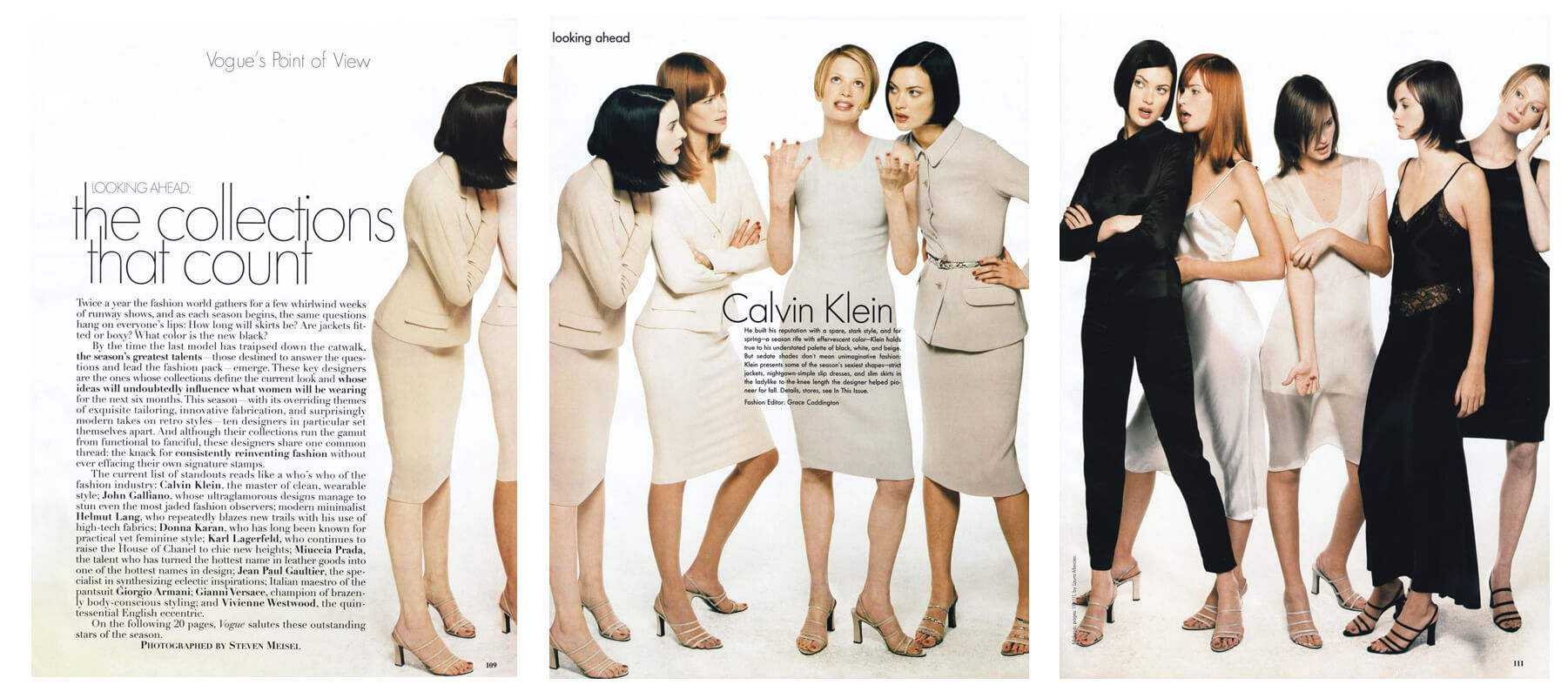
The use of alternative materials created the grunge look – fabric, leather, resin, and even safety pins became a new accessory. Luxury brands recreated this decade’s DIY aesthetic with valuable materials. Versace’s safety pin collection is a perfect example of the “designer take” on the unconventional grunge scene with large gold safety pins, as modelled by Liz Hurley.
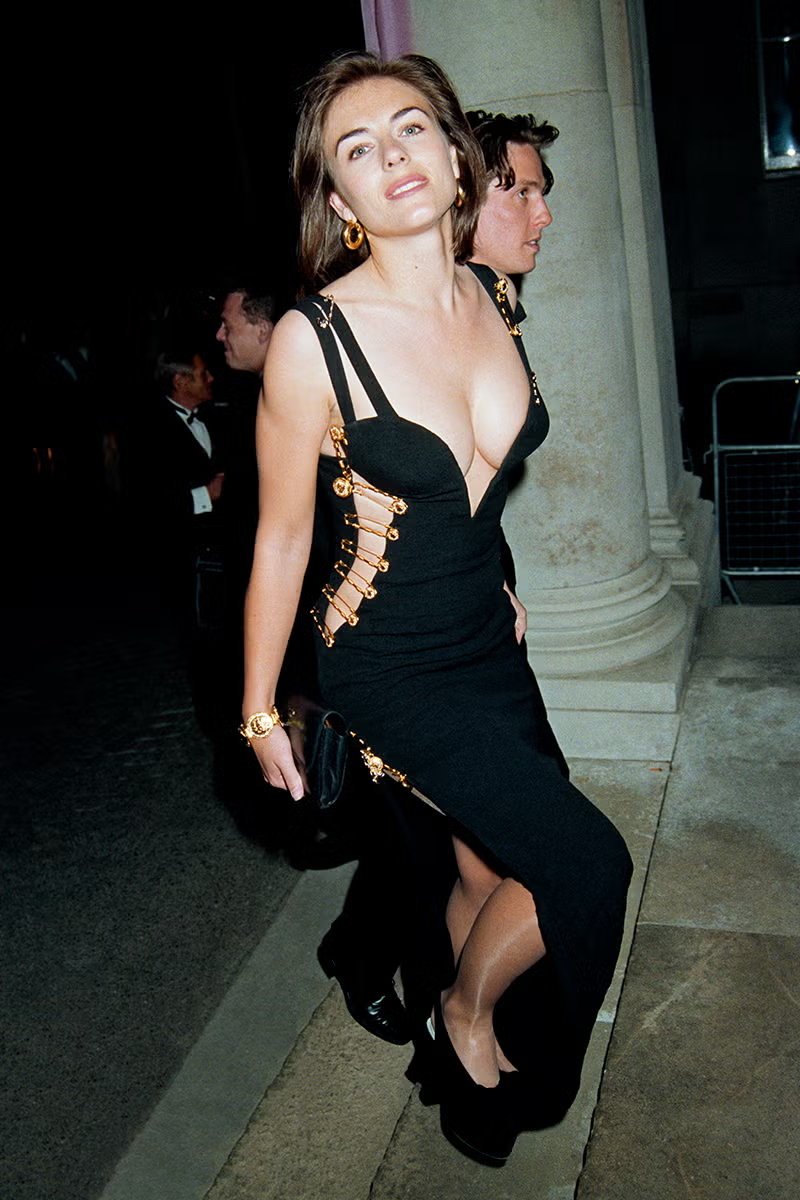
Themes and Motifs: Subtle Chic and Symbolic Charm
There was rebellious approach to fashion that valued authenticity and individuality over perfection. So designs were all about showcasing your individuality with zodiac necklaces, symbolic pendants, and names- take Carrie Bradshaw’s iconic “Carrie” necklace. The ’90s charm bracelet revival epitomised this obsession with personalisation. Read more about the antique staple in The AJC Guide to Charm Jewellery.
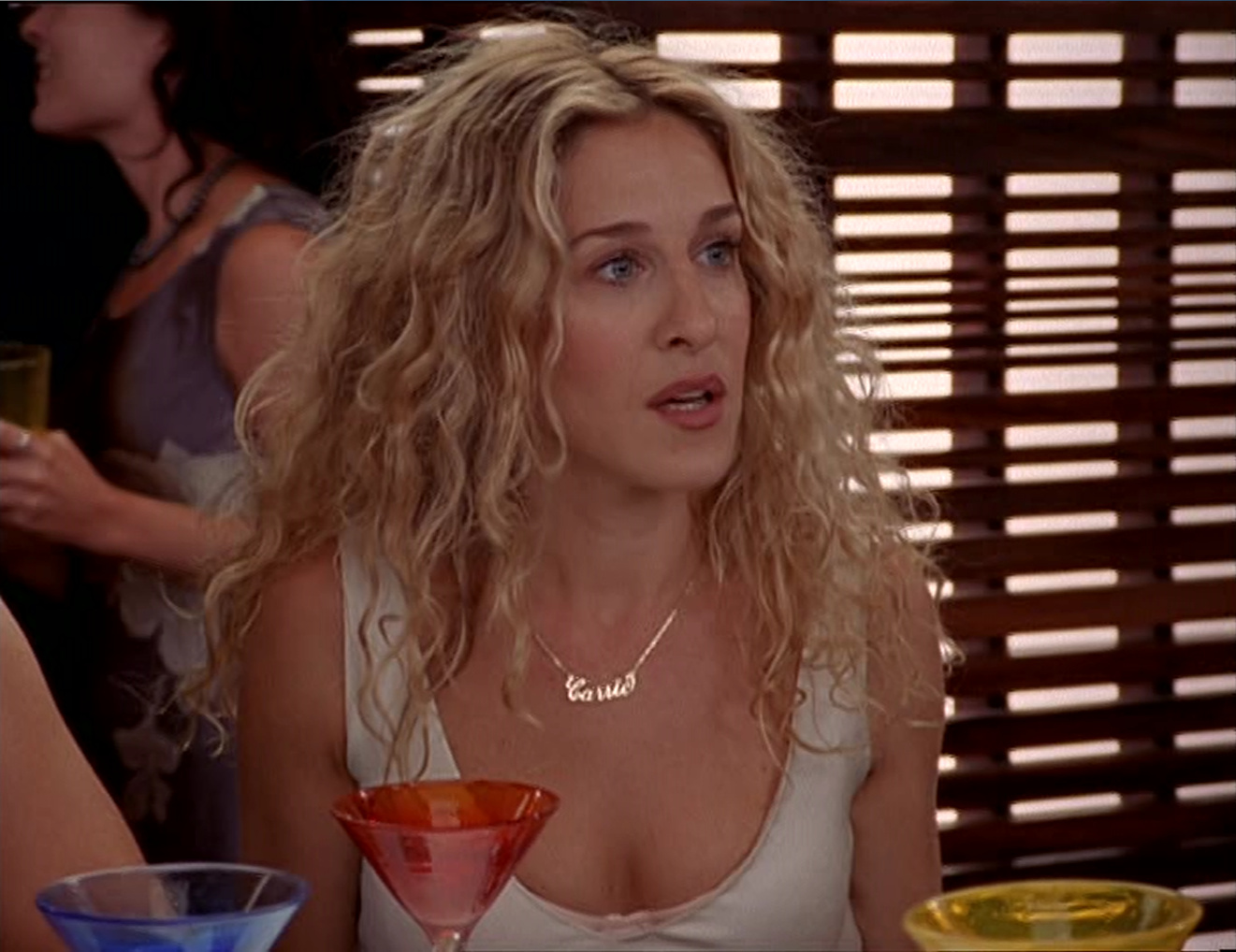
Grunge Glamazon Kate Moss and Boho Babe Drew Barrymore
Supermodel Kate Moss epitomized the “heroin chic” grunge aesthetic. With an angelic beauty and rebellious personality Kate wore jewellery that was stripped-back and made from alternative materials. Her go-to was layered thin necklaces and leather chokers worn with an edgy, nonchalant attitude.
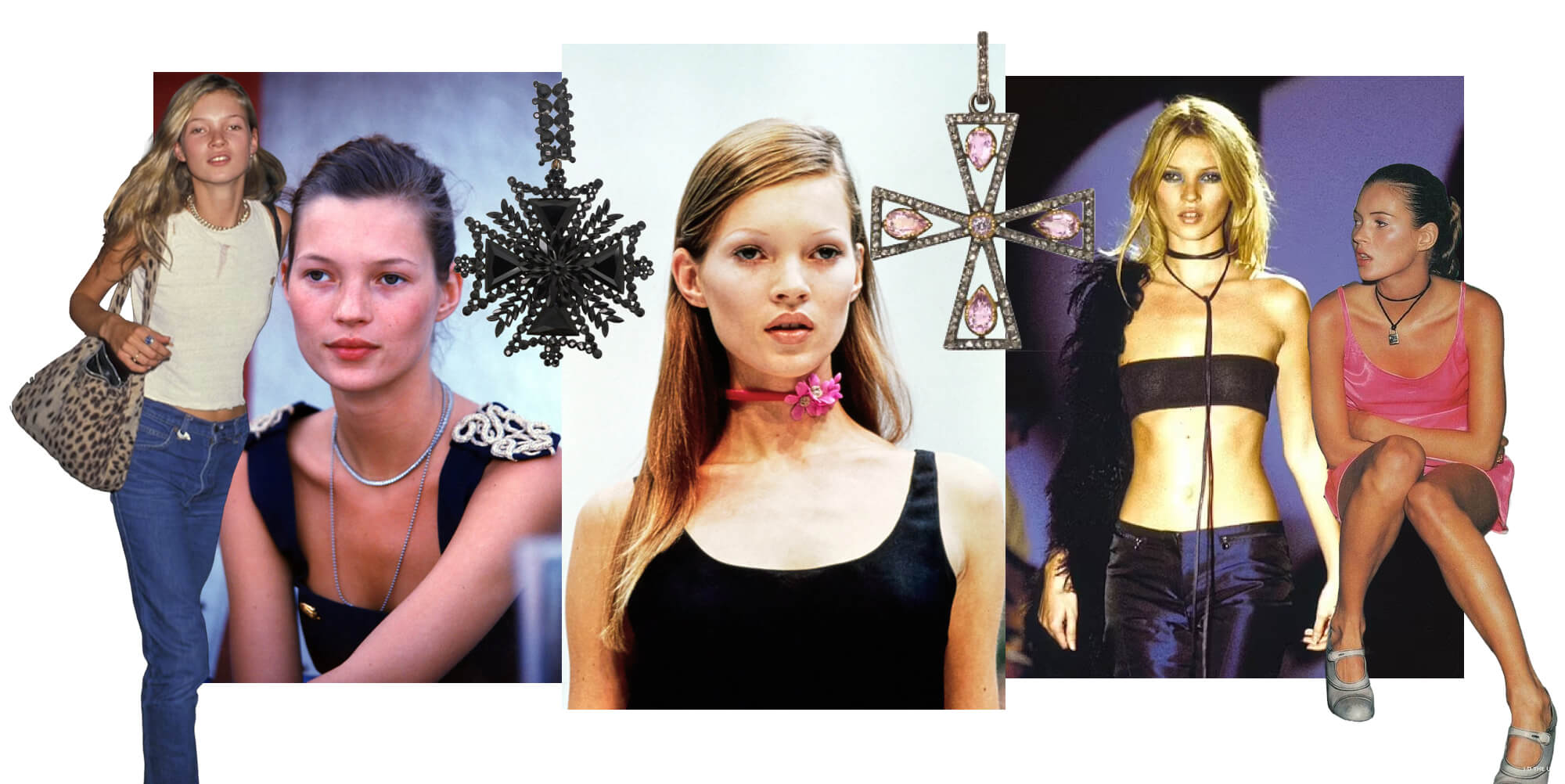
Free-spirited Drew Barrymore showed how new and old jewellery could be playful. The boho starlet mixed casual, fun pieces like daisy chains, beaded necklaces, and stackable rings with bolder choices like chunky earrings. Barrymore revived vintage pieces; her famous chokers donned antique pendants and her drop earrings were always vintage.
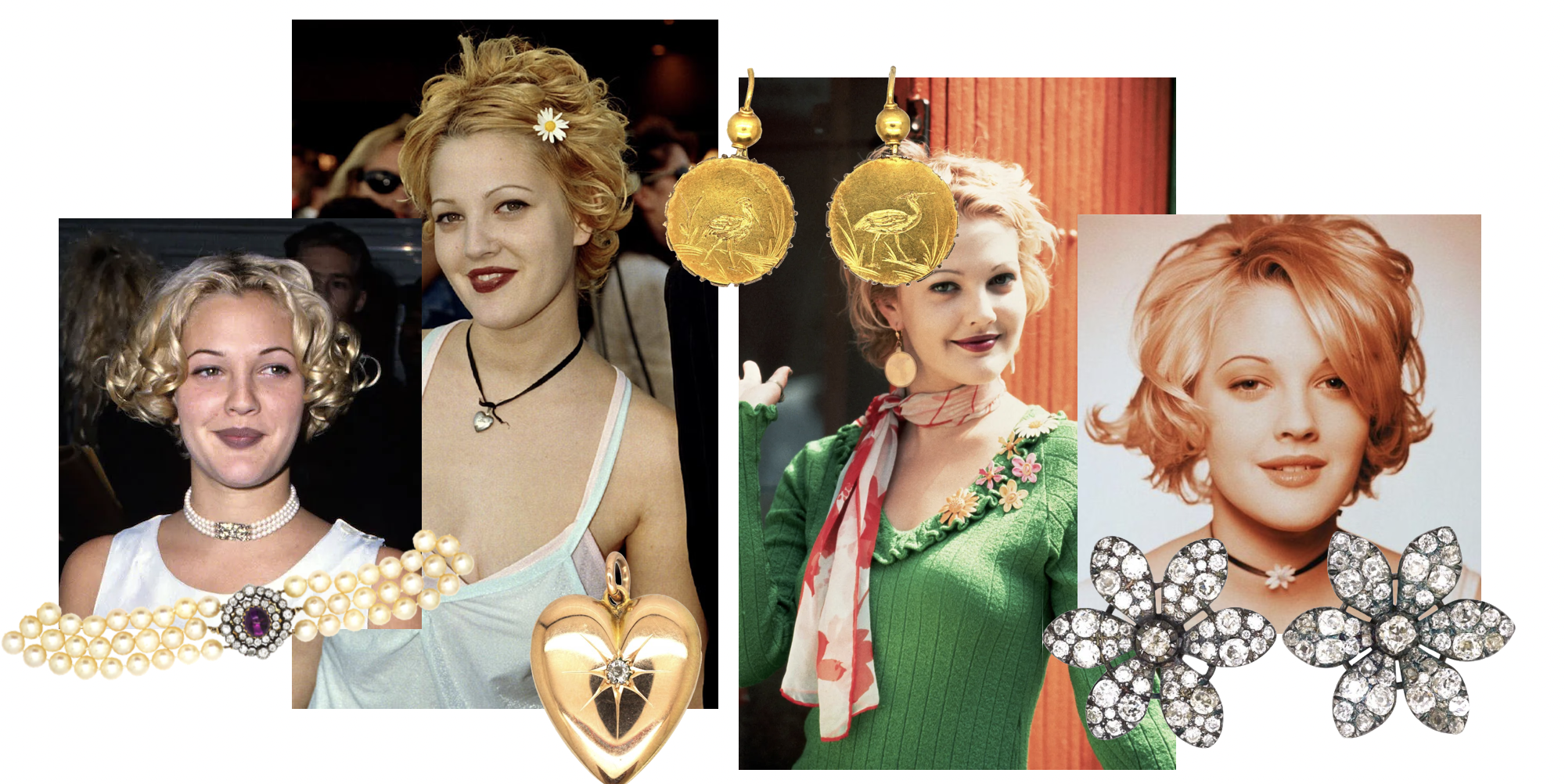
Kate and Drew’s pieces were versatile enough to transition from day to night, their down-to-earth look with a rebellious edge perfectly captures the 90s vibe.
Grunge designers
Two jewellery designers were popular with celebrities who wanted to bring grunge to the red carpet. British designer Stephen Webster designs flaunted skulls, daggers, and barbed wire to create a rock-and-roll look.
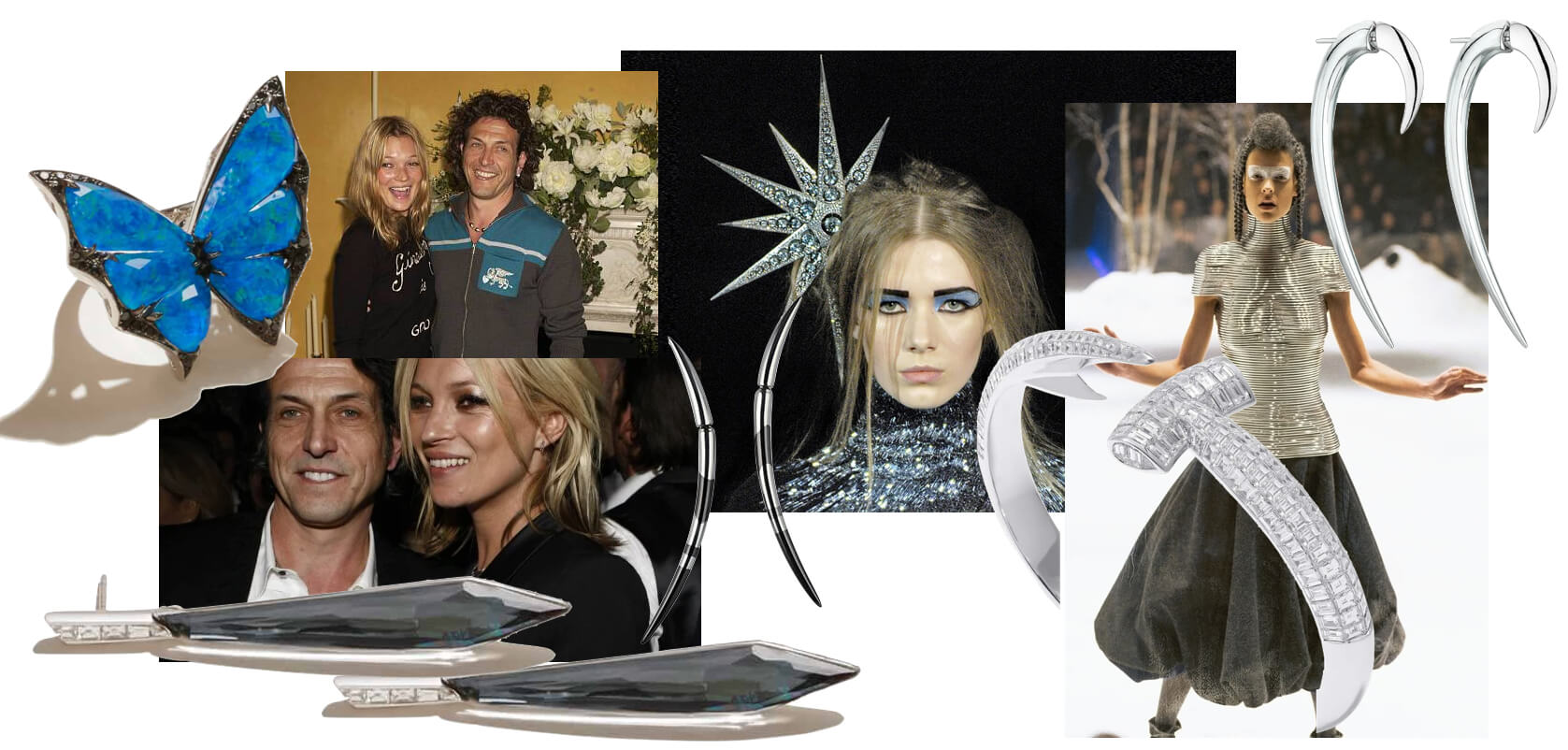
Shaun Leane (also British) worked closely with Alexander McQueen making jewellery for his runways. Leane crafted spikes, talons, and skulls out of metal producing avant-garde gothic looks.
The “Rachel” Look and Gwyneth’s Casual Glam
The alternative to grunge was a “clean” aesthetic seen on the likes of Gwyneth Paltrow and Jennifer Anniston (Rachel Green on Friends). Gwynnie and Jen’s jewellery was effortless and wearable. The look featured slim chain necklaces, tiny hoops or teeny diamond studs, understated tennis bracelets, and thin bangles usually worn alone.
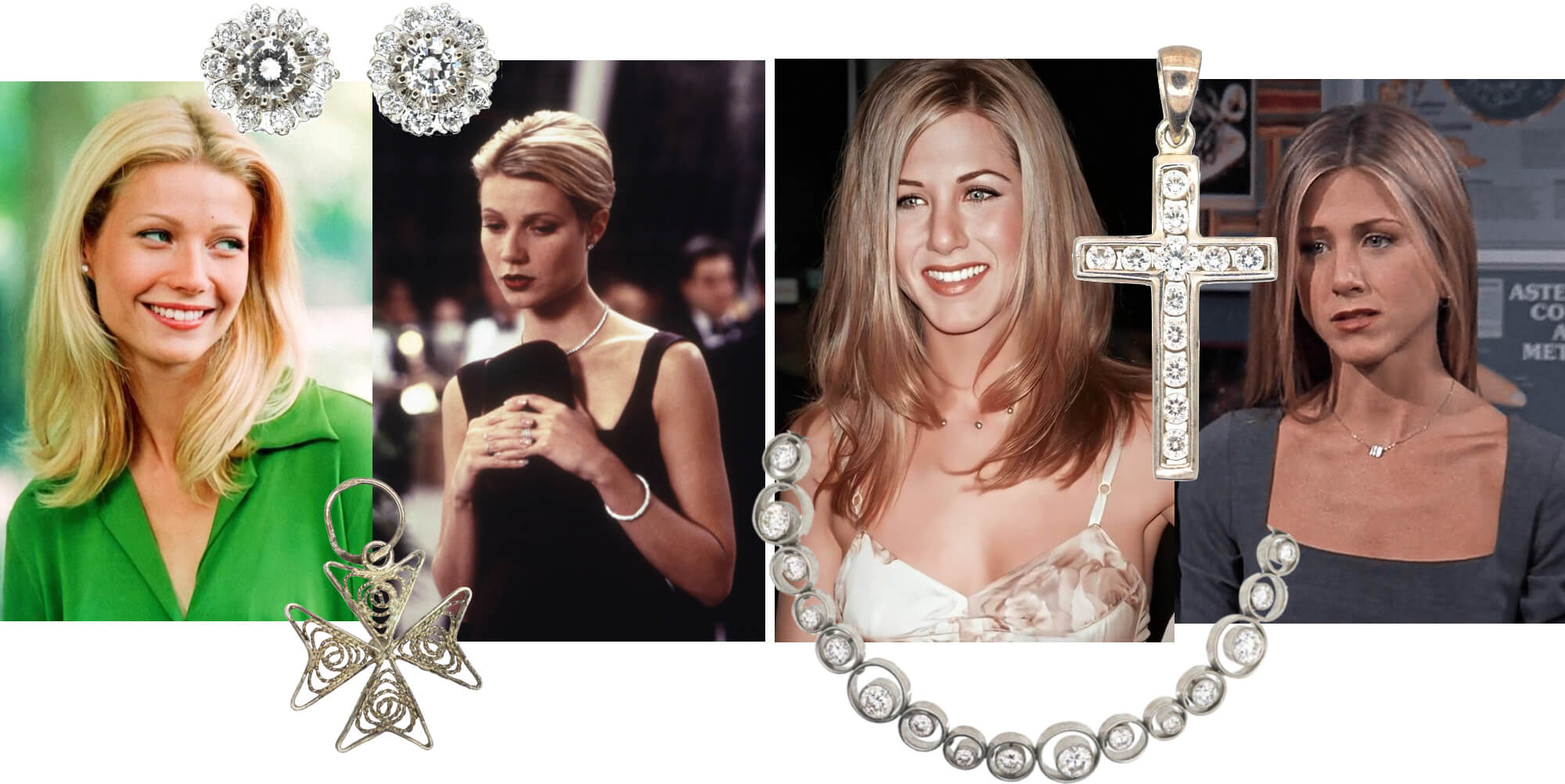
Elsa Peretti for Tiffany& Co. helped redefine minimalist jewellery with simplified shapes such as the bean, and the open heart. All these collections started in the 70s but became even more popular as sleek metals replaced gemstones.
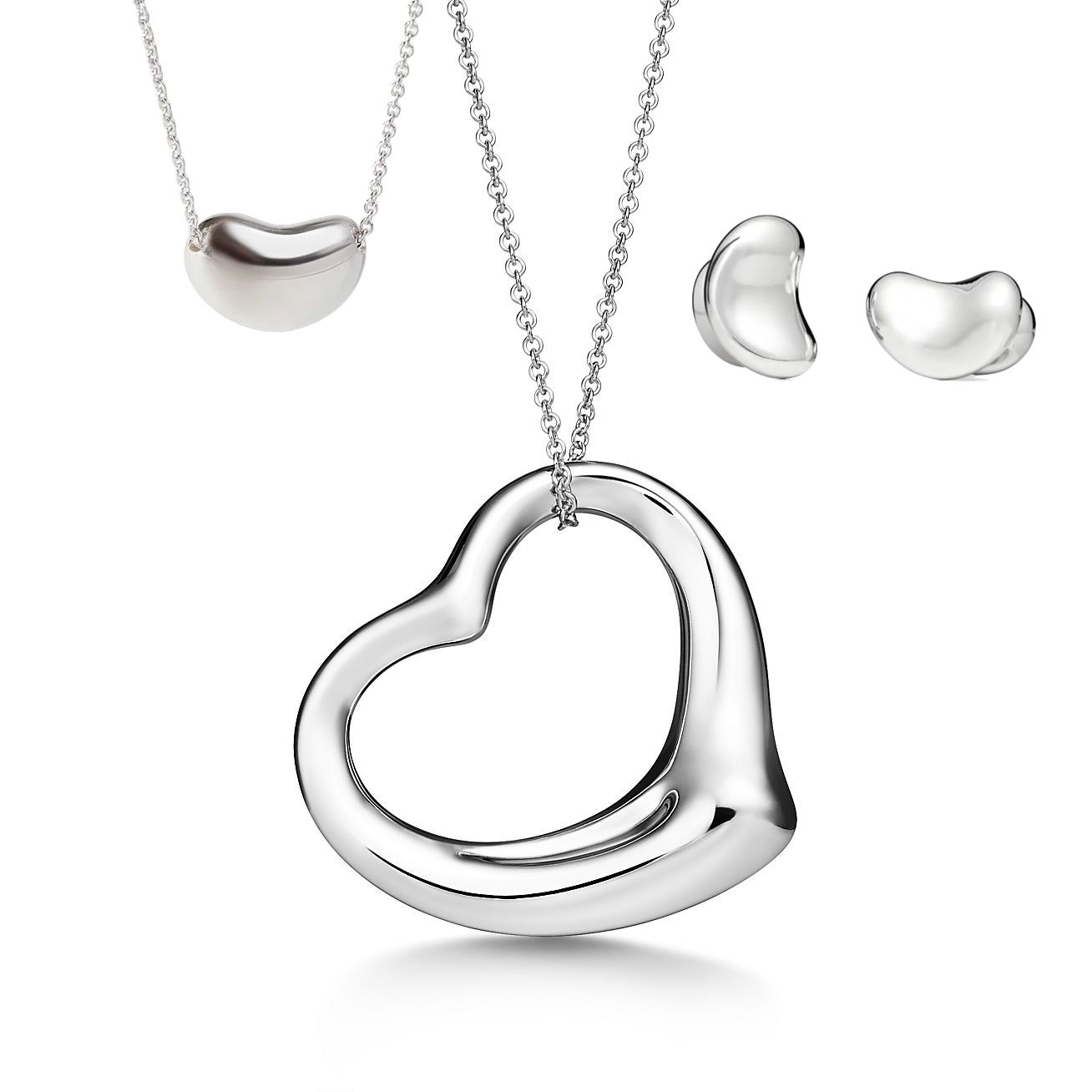
Hip-Hop Style: Tupac Shakur
Tupac Shakur was one of the biggest cultural icons of the ’90s and defined hip-hop jewellery. Known for his gold chains, diamond-studded rings, and nose ring, his look was a blend of street style and opulence.
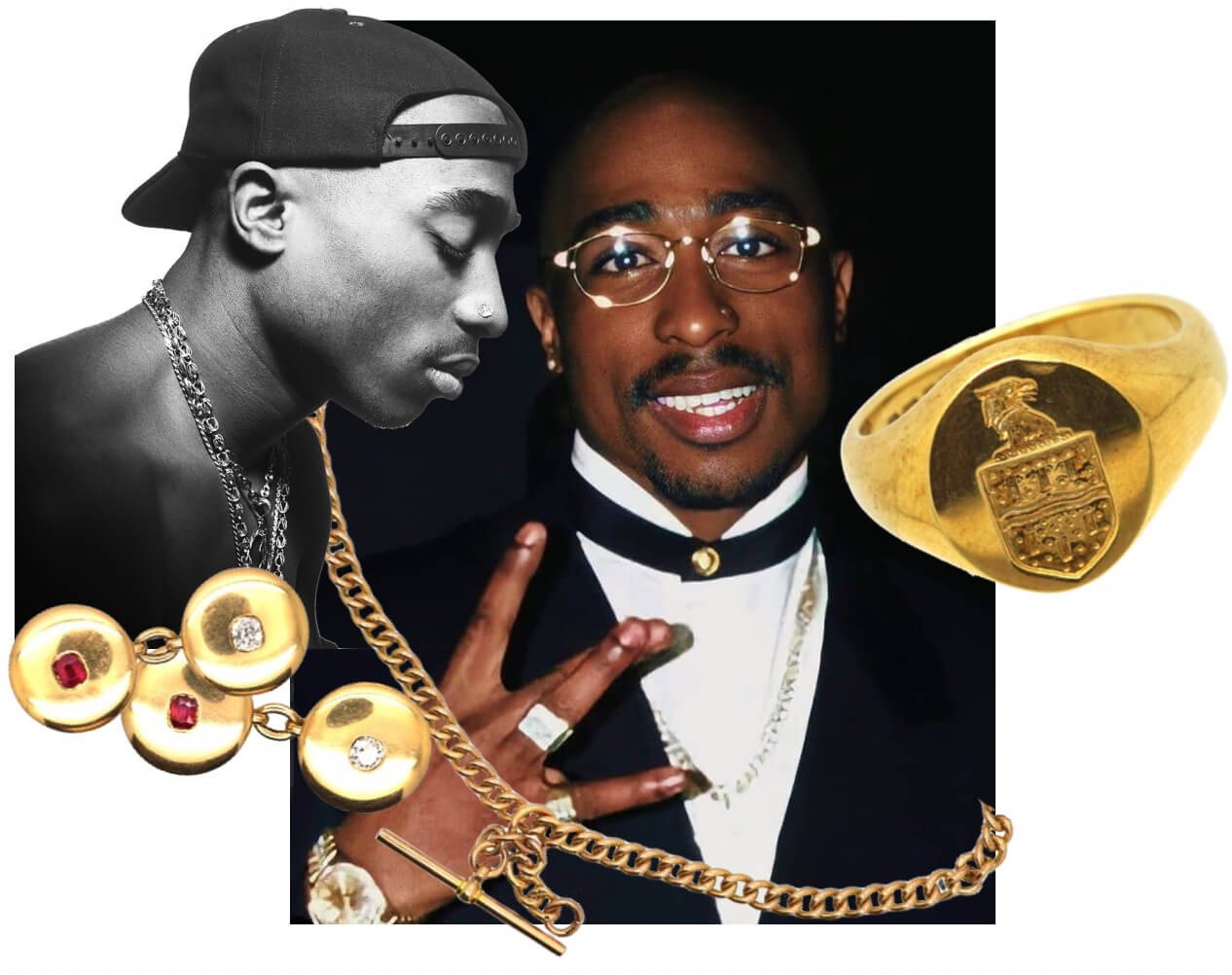
Shakur’s style also helped normalise men wearing earrings and nose rings, expanding men’s jewellery in a way that was both daring and cool.
The Recap
The result of modern jewellery trends that focused on the individual, was that brands also embraced a personal identity. Nowadays, their iconic shapes or logos have become as, if not more, important than the materials they use. In the 1980s Chanel and Versace embraced bold and maximalist gold jewellery that showcased their double “C” logo and medusa head more often then gemstones. While the 90s consolidated Tiffany & Co. as synonymous with understated elegance in silver.
Whether you love the dramatic opulence of the ’80s or the sleek symbolism of the ’90s, these decades offer timeless options for those looking to make a unique statement.
Now go have fun with it!
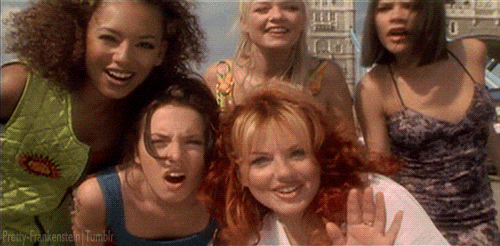



 Free Worldwide Delivery
Free Worldwide Delivery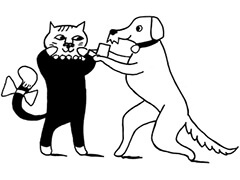 View All
View All
 Diamond
Diamond
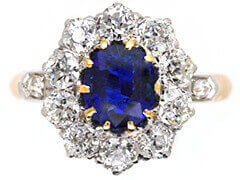 Sapphire
Sapphire
 Emerald
Emerald
 Ruby
Ruby
